Seven Useful Steps for Grasping Machine learning with Python
Category: Machine Learning with Python Posted:Oct 12, 2018 By: Serena Josh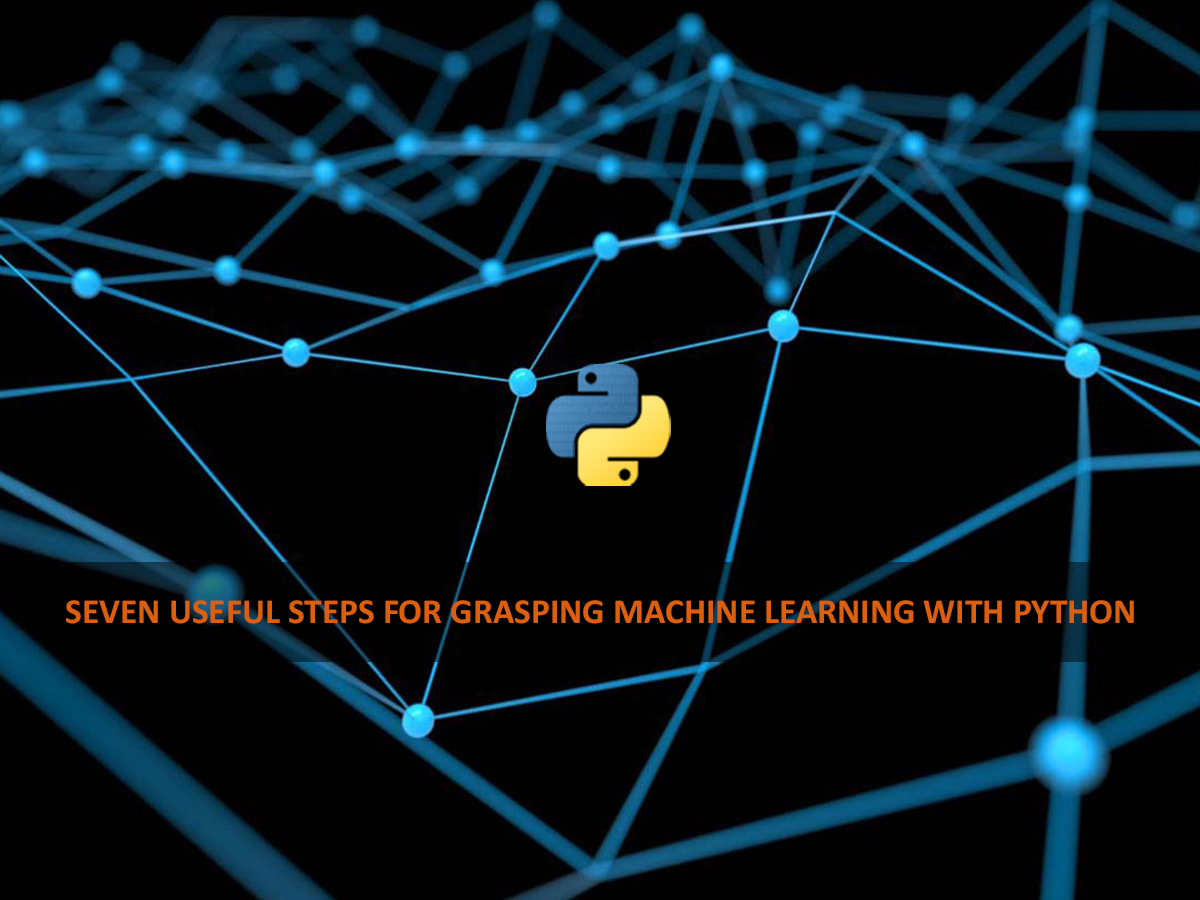 Nowadays, we all want to make ourselves updated with the latest technologies, whether it may be a gadget, applications or any other technology. Similarly, when we discuss about the world of Information Technology, it has been observed that most of the organizations are investing deliberately in cloud computing and Internet of Things, i.e., IOT. The organizations have begun capitalizing into the resource pools to allow the needed support at the back end of IOT and implementations of Cloud in the Artificial Intelligence and Machine Learning, to acquire an edge over participants. Currently, the machine learning is very demanding field, and every young participant is looking forward to learning this innovative technology to make sure that they are not lagging in the technological contest. Also, the experienced machine learning professionals need to remain updated with the most recent enhancements in machine learning to confirm the smooth realignment and delivery of their project. The latest modification in Machine learning is utilizing it with the Python programming language. We know that Machine Learning is an application of Artificial Intelligence, i.e., AI which offers the system’s ability to learn and enhance automatically from experience without being programmed explicitly. Machine Learning primarily stresses on the development of computer programs that can access data and use it in learning for themselves.
Nowadays, we all want to make ourselves updated with the latest technologies, whether it may be a gadget, applications or any other technology. Similarly, when we discuss about the world of Information Technology, it has been observed that most of the organizations are investing deliberately in cloud computing and Internet of Things, i.e., IOT. The organizations have begun capitalizing into the resource pools to allow the needed support at the back end of IOT and implementations of Cloud in the Artificial Intelligence and Machine Learning, to acquire an edge over participants. Currently, the machine learning is very demanding field, and every young participant is looking forward to learning this innovative technology to make sure that they are not lagging in the technological contest. Also, the experienced machine learning professionals need to remain updated with the most recent enhancements in machine learning to confirm the smooth realignment and delivery of their project. The latest modification in Machine learning is utilizing it with the Python programming language. We know that Machine Learning is an application of Artificial Intelligence, i.e., AI which offers the system’s ability to learn and enhance automatically from experience without being programmed explicitly. Machine Learning primarily stresses on the development of computer programs that can access data and use it in learning for themselves.
Attend live webinar on Machine Learning with Python
Why is Python Programming Language chosen for Machine Learning?
Nowadays, Python is the most extensively recognized programming language utilized by most of the machine learning professionals. It has a rich feature-set which involves the following features:
- The syntax used in the Python language is elegant, and hence they are very easy to read and understand.
- It utilizes user-friendly data structures.
- It is an Object-oriented Programming language and has an excellent scripting tool.
- There is an extensive standard library available for Python, which provides support for different programming tasks such as searching text along with the systematic expressions, connecting to the web servers, modifying and reading files.
- It has an interactive mode which helps in testing short snippets of the code, at the time of program development. It also consists of the package development environment known as IDLE.
- It is straight forward and easy to access language, which makes it easy to achieve the program working. Due to this feature, the Python considered as the ideal language for prototype development as well as other ad-hoc programming functions.
- It is easy to extend the code by joining the new modules implemented in other compiled language like C or C++.
- In Python, the developer can run the code on any operating system, such as Windows, Mac OS, UNIX, and LINUX.
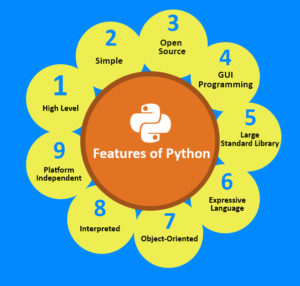 This article presents seven useful steps that how one can get started with Machine Learning using the influential Python Programming language.
This article presents seven useful steps that how one can get started with Machine Learning using the influential Python Programming language.
1. Basic Knowledge of Python Programming: The candidate should have basic knowledge of Python programming language for implementing machine learning algorithms in Python. It is not very problematic to start the Python learning process because it is in use for some time now for both machine learning and scientific calculations. A new version of Python called Anaconda is suitable to install, as the language is intended to utilize for both scientific computation and machine learning. The commonly used operating systems like Linux, Windows, and OSX is providing support for this particular version of Python. This version includes the entire package for machine learning such as numpy, matplotbib, and scikit-learn. If the candidates do not have any prior knowledge or programming skills, he can gain that by referring any of the Python Programming books.
2. Basic Machine Learning Skills: This is a very vital step for everyone who wants to get into the data science because most of the tasks carried out by data scientists include some awareness about machine learning. It is essential for the person who wants to start their career as a data scientist, to have practical experience with various algorithms so that they can obtain sufficient theoretical knowledge. If anyone interested in enhancing their skills in the machine learning field, they can attend best available online courses.The following online courses are available:
- Andrew Ng’s Machine Learning course on Coursera
- Unofficial Andrew Ng course notes
- Tom Mitchell Machine Learning Lectures
With the help of these online courses, the candidates will have adequate knowledge about machine learning before they enter into the strange areas of Python.
3. Overview of Scientific Python Packages: The candidate must have a sound introductory knowledge of the fundamentals of Python Programming language used for machine learning. There are several Python Packages available that can be explored and various libraries available which can be used along with Python to achieve the best results. Following are the most popularly used Python libraries for machine learning applications:
- Numpu-This package is suitable for its N-dimensional array objects.
- Pandas-This data analysis library includes structures like data frames.
- Matplotlib-This is a 2-dimensional plotting library generally used for creating publication quality figures.
- Scikit-learn-This library is extensively used for data analysis and data mining tasks, required for machine learning.
4. Getting Started with Machine Learning in Python: We have explored the basics of Machine Learning and Python, involving the different libraries available. The machine learning algorithms can be implemented using the library scikit-learn. iPython notebook has offered an outstanding interactive execution environment for Python algorithms. The users can access these notebooks online as well as offline. For achieving more expertise, one can follow below methods:
- By working on sample projects, including well-known data sets, the candidates can obtain practical experience in scikit-learn.
- Organize execution of several models in scikit-learn.
- Comparing various models.
With the help of this approach, you can prepare for the next level.
5. Machine Learning Topics with Python: Once the candidate becomes familiar with the scikit-learn, he can go ahead to the advanced degrees by exploring different popular machine learning algorithms. Few of these algorithms are:
- K-means Clustering: Unsupervised learning algorithms generally use this type of clustering algorithm. In this particular method, “n” number of observations are separated into “k” clusters.
- Linear Regression: This is a linear method that develops a relationship between X & Y variables, where X signifies one or more independent variables and Y signifies dependent variables.
- Logistic Regression: In this particular regression model, the dependent variable is generally definite. Well, there are two different models available for Logistic regression – binary logistics regression and multinomial logistic regression. The binary logistic regression model ideally deals with scenarios where the output can be observed in two values i.e. “0” or “1”, this gives the outcomes like pass or fail, alive or dead, and win or lose. If there are more than two possible values, then the multinomial logistic regression will exist.
6. Advanced Machine Learning Topics with Python: Once we get familiar with scikit learning, now let us explore a few advanced topics. Therefore, in this particular step the below techniques are covered and one should try to learn them before moving ahead.
Support Vector Machines: This is a supervised learning model used for data classification and regression analysis. An SVM model can proficiently perform a non-linear classification utilizing a kernel trick, recording inputs as high-dimensional feature spaces. If the data is not appropriately labeled, then supervised learning is not possible, and in those cases, it is required to follow the unsupervised learning approach. The data clustering algorithm used for unsupervised learning is known as support vector clustering. The other two techniques used in this particular step are Kaggle Titanic Competition and dimensionality reduction technique.
7. Deep Learning with Python: As deep learning helps to create the neural network for Artificial Intelligence, it plays a critical role in machine learning. The deep learning works as the building block for many of the exciting technology in different areas such as the automobile industry and robotics. With the help of the Python programming language, it is possible to create our neural networks for machine learning. There are two deep learning libraries used in Python:
Caffe: This library was developed by considering the points speed, expressions, and modularity. Because of these features, the Caffe library is used for the research projects, large-scale industrial applications and event for the startup- prototypes.
Theano: This is another Python library which is called a numerical computation library. Using this the user can carry out the various multi-dimensional evaluations. The users can also accomplish several activities such as defining, optimizing and evaluating effectively.
Want to know More about Machine Learning with Python? Click here
Conclusion:
Python Programming Language is user-friendly and easy to use language. Due to its various features, it is utilized in machine learning. Using Python in machine learning it is easy to implement different machine learning algorithms. The candidate should follow above given seven steps for successful implementation of machine learning with Python. Python Programming Language is evolving and modifying every day; thus the developers and programmers should keep themselves updated. The candidate has to learn and work on different projects related to Python continually. It is really a fun and satisfying language to learn.
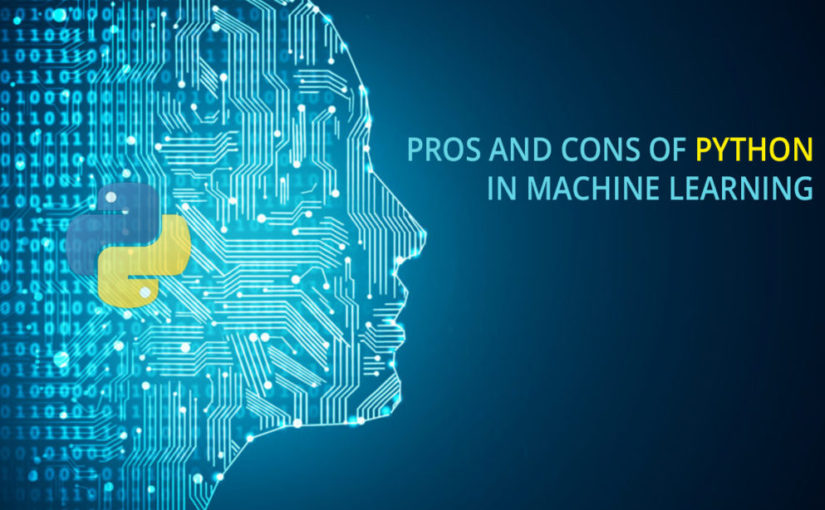

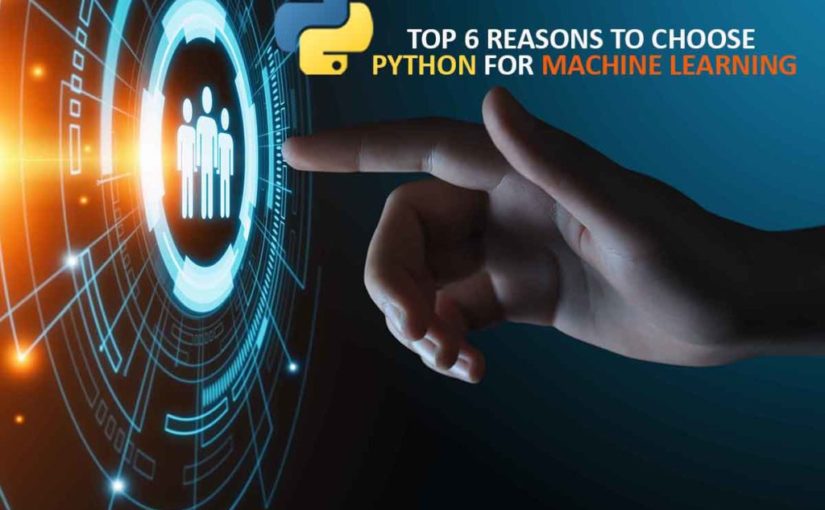
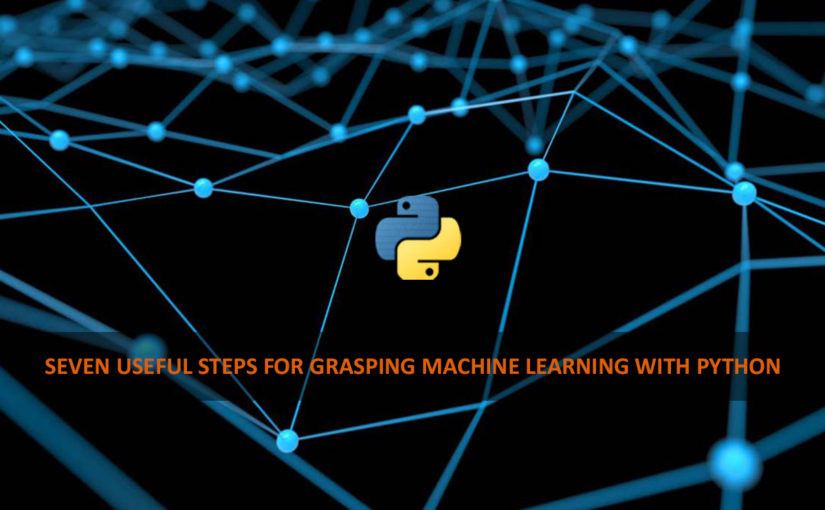
 99999999 (Toll Free)
99999999 (Toll Free)  +91 9999999
+91 9999999